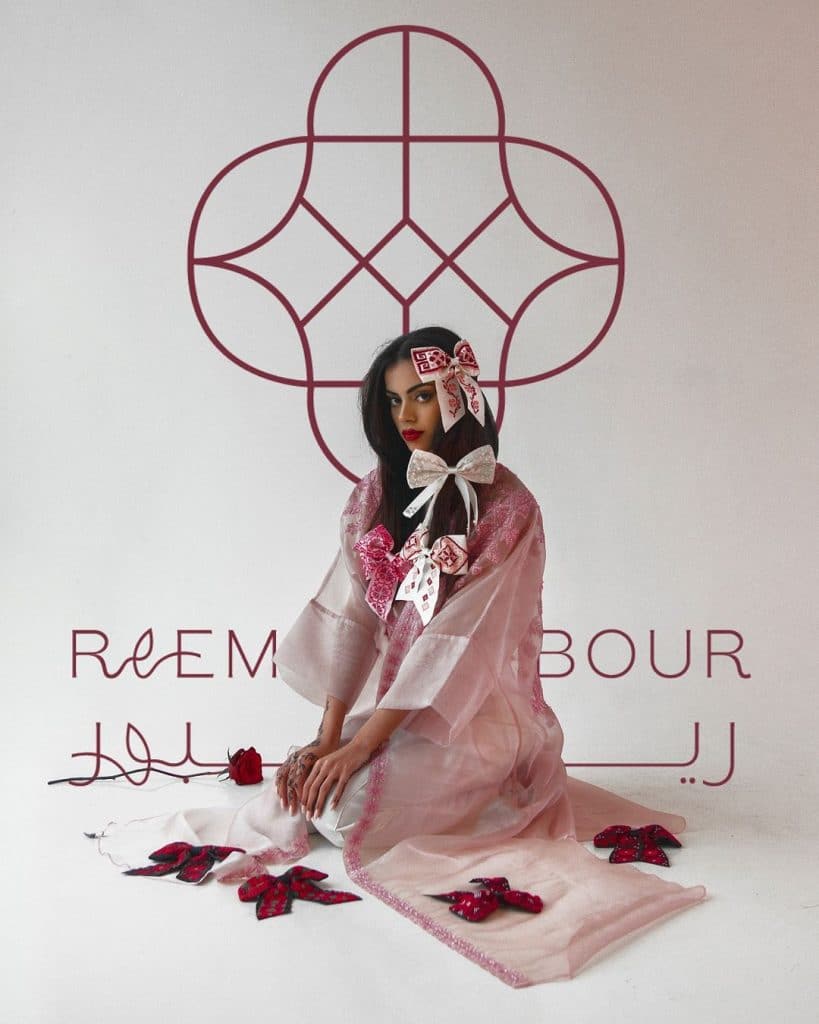
Reema Dahbour On Culture, Creativity, and Her Craft
The prominent Palestinian fashion designer talks about the art of embroidery and cultural wedding gowns with Bazaar Arabia
“We should be wearing our own cultures on our wedding days, not other people’s cultures.”
It takes a specific kind of person to make such a normative statement. Being firmly rooted in one’s personal and cultural values is required to even attempt to inspire such a revolutionary shift when it comes to occasion wear in the region.
Rare are the artists who are equally accomplished as they are anchored in their ethics and roots, yet Reema Dahbour (with her eponymous fashion brand) is the definition of a values-driven powerhouse. You may know her as the woman who designed Princess Iman of Jordan’s henna night dress ahead of her royal wedding, but more generally, the Palestinian fashion designer is a visionary in every sense of the word.
The illustrious entrepreneur has set out on a mission to make incorporating cultural motifs into our wedding gowns the norm, to integrate her Palestinian roots and diverse cultural identities within the region at large.
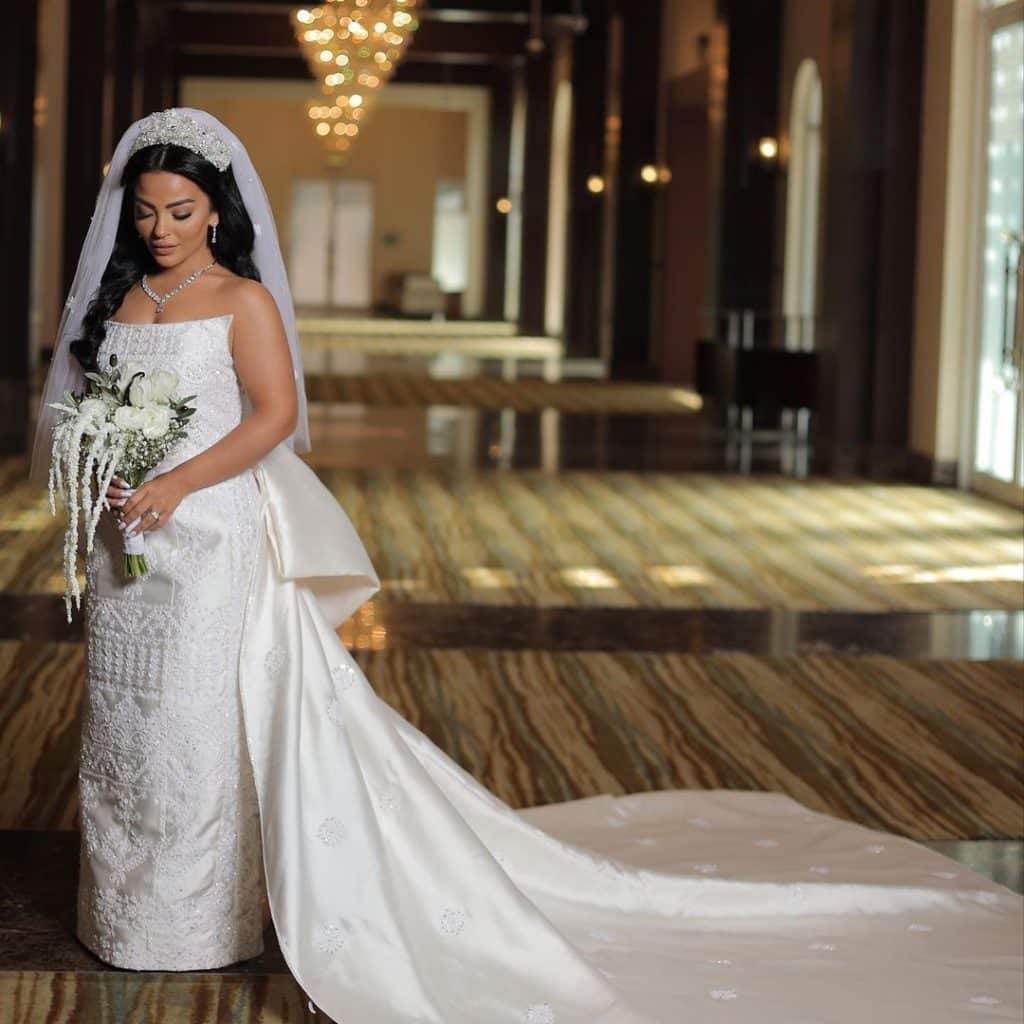
In Arab countries, Western-inspired designs disproportionately adorn bridal boutiques. Adamant that weddings are above all cultural celebrations, Reema has taken it upon herself to lead a shift in our mentality and practices. She’s all about embracing our roots in our choice of wedding gowns, engagement gowns, and henna gowns.
Below, Bazaar catches up with the illustrious fashion designer on her exciting, daring, and highly successful journey thus far.
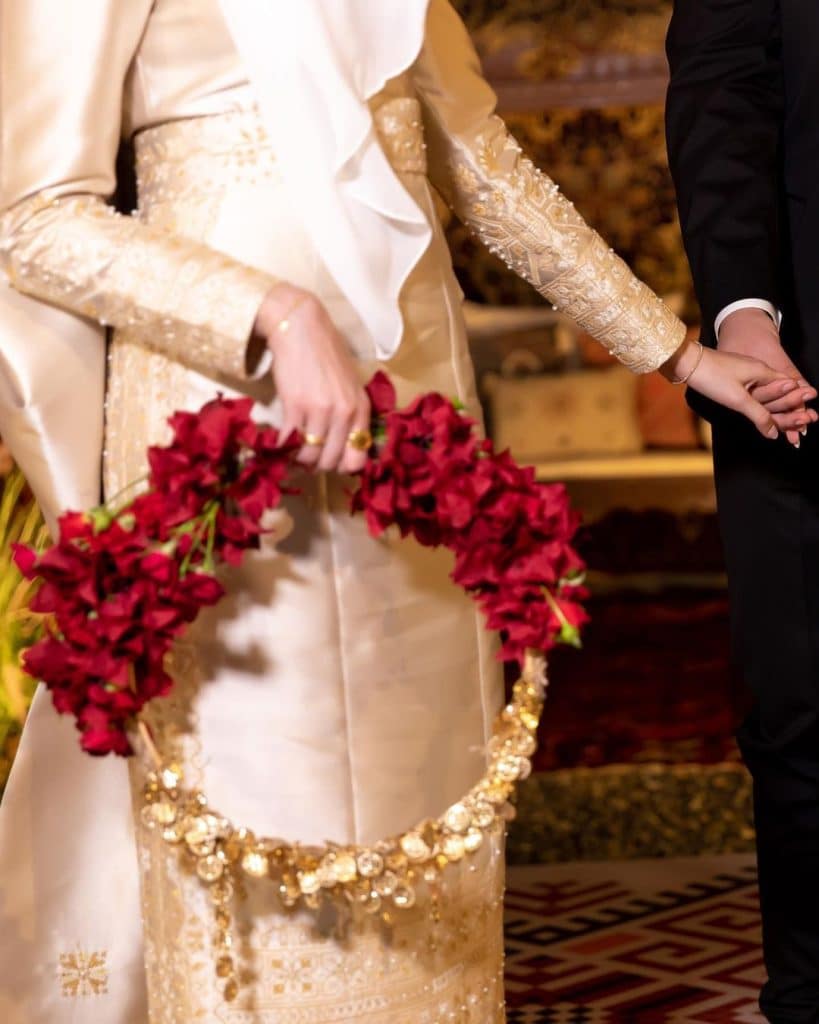
Inside Reema Dahbour’s Culture, Creativity, and Craft
Tell us about the significance of Palestinian embroidery in your craft.
I specialise in Palestinian embroidery because I find a lot of inspiration in it, a lot of curiosity in trying to discover my culture and heritage as a person who wasn’t born in the region and who moved to Jordan when I was a little bit older. There are so many stories to tell, and so many women who are undervalued in this craft. A lot of people don’t appreciate the amount of time and art that goes into executing these pieces.
I made my brand centralised around benefiting these women and telling our stories to the world, showing how resilient these women are, and spreading our message of peace, beauty, and art to the world.
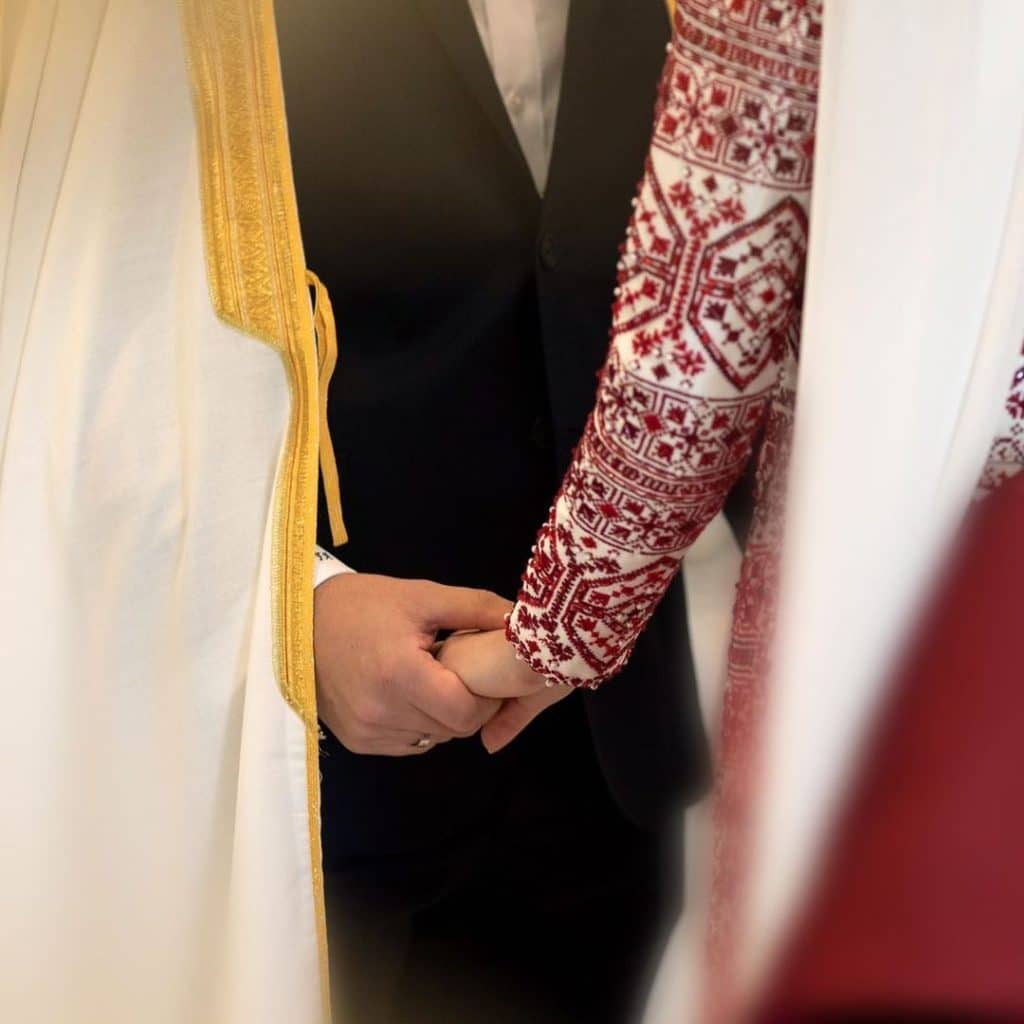
How did you feel about opportunity to design Princess Iman of Jordan’s henna dress?
It was a very proud moment to dress Princess Iman as she showed so much appreciation for our craft on such an important day.
I felt so appreciative of that moment because it showed other young women that they should be proud of their culture. Princess Iman reminded us that you should be wearing your culture on your important days, not other people’s.
In the past four or five years, our whole mentality has shifted from glorifying and glamourizing Western ideologies of fashion. Now, it’s time for us to be proud of our heritage and to show the world our talents.
Did you wear traditional Palestinian embroidery on your own wedding day?
Yes, I did wear hand-stitched clothes on my engagement and wedding days, and I was very proud to incorporate motifs from my region into the gowns. It added a lot of personality and intimacy to the piece, rather than just buying a dress from some designer that probably doesn’t know where I’m from or that I exist.
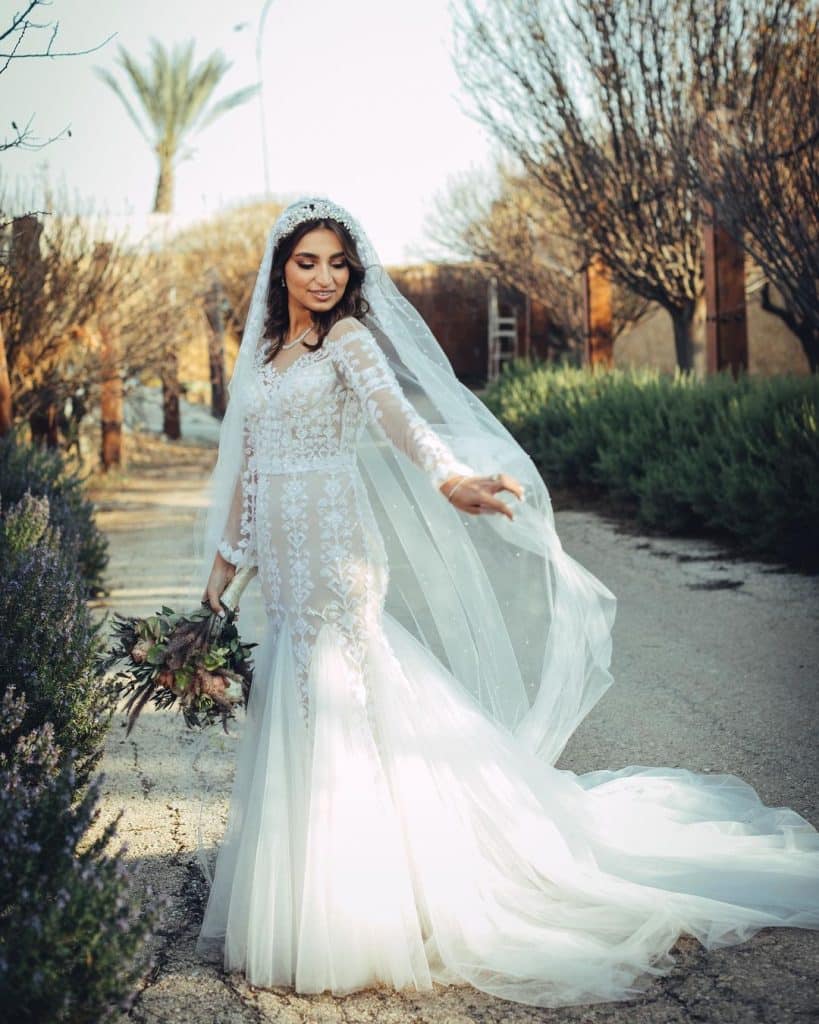
However, when you wear one of these pieces, you wear the soul, time, sweat, and tears of a woman who held this piece for months and months as she stitched it. I find it to be very important and powerful to wear.
How does Palestinian embroidery vary from region to region?
Palestinian embroiderers—or the women who used to stitch their thobes—were inspired by their surroundings, which is why, depending on the city and region; the motifs, colours, and all other elements of the gown vary in the most beautiful ways.
You would be able to tell where someone is from based on the design of their thobe, which also indicates their marital and social status. I find that so interesting. If you took a minute to observe the piece, you would realise that each one tells a beautiful story.
I also customise pieces according to my brides, especially if my bride is non-Palestinian and she’s marrying somebody who’s from Palestine, in which case I like to incorporate both cultures. When I’m designing those pieces, I get to learn so much about different cultures and traditions which makes me love what I do even more.
Tell us about your upcoming projects…
We’re going to create more white bridal gowns and introduce them to our audience. It’s still not very common for people to wear embroidery on their wedding day, and we’re trying to show people how we can do that in a modern, beautiful, and intricate way.
What advice would you give to someone who is looking for a gown for their special day?
I would like to push people to always know where their clothes come from, to be proud of where they come from, and to always support local businesses and the women around them. Let’s be more aware, conscious and mindful of all of our purchases, especially on our important days.
